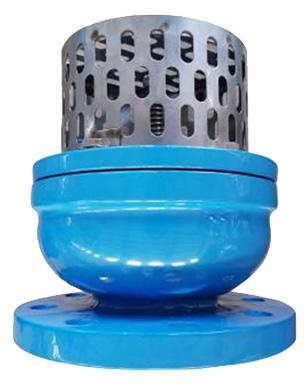നവം . 07, 2024 17:21 Back to list
Durable Cast Iron Air Valve for Enhanced Performance and Reliability in Various Applications
The Role of Cast Iron Air Valves in Modern Engineering
In the realm of modern engineering, the components that ensure the smooth operation of systems often go unnoticed—such as the cast iron air valve. These essential devices are integral to many industrial applications, from HVAC systems to municipal water treatment plants. By controlling airflow and maintaining pressure, cast iron air valves play a vital role in enhancing efficiency and safety in various processes.
Understanding Air Valves
Air valves are mechanical devices designed to allow air to enter or exit a system. In many cases, they help maintain pressure equilibrium, preventing the buildup of excess pressure or vacuum that could cause system failure. They are particularly important in pipelines and storage tanks where air needs to be vented or introduced to keep the system stable.
The Advantages of Cast Iron
Cast iron has been a favored material for air valves due to its durability, strength, and resistance to corrosion. Unlike plastic or other materials, cast iron can withstand high temperatures and pressures, making it suitable for heavy-duty applications. Additionally, cast iron can handle thermal expansion without compromising the integrity of the valve, ensuring longevity and reliability.
Furthermore, cast iron’s excellent machinability allows for precision engineering, which is crucial when designing components that must fit seamlessly within a system. The natural properties of cast iron also provide noise dampening, contributing to quieter operation, which is a significant benefit in urban environments where noise pollution is a concern.
Types of Cast Iron Air Valves
There are several types of cast iron air valves, each serving different purposes. The most common include
cast iron air valve

1. Automatic Air Vents These valves are designed to expel trapped air in systems such as heating and cooling loops or water distribution pipelines. They operate automatically, allowing air to escape as it accumulates, thereby preventing potential cavitation or blockages.
2. Pressure Relief Valves These valves are crucial for maintaining system safety. They release air or gas when the pressure exceeds a predetermined level, protecting the system from potential failure or explosion.
3. Float Air Valves Utilizing a buoyant float mechanism, these valves open and close based on the level of fluid in a tank. This function is vital for managing air pressure in systems where liquid levels fluctuately dramatically.
Installation and Maintenance
While cast iron air valves are renowned for their durability, proper installation and maintenance are essential to ensure optimal performance. Engineers must consider factors such as the type of service, pressure, temperature, and the specific requirements of the system in which the valve will be installed.
Regular maintenance checks, including visual inspections and operational tests, are vital. Over time, sediment and debris can accumulate, affecting the valve’s performance. Lubrication of moving parts and replacement of any worn seals can prevent failures and extend the lifespan of the valve.
Conclusion
In conclusion, cast iron air valves are indispensable components in various industrial processes. Their ability to manage airflow, maintain pressure equilibrium, and provide safety makes them critical in ensuring the efficiency and reliability of systems in which they are used. As technology continues to evolve, the design and functionality of these valves will undoubtedly advance, further enhancing their importance in modern engineering. Innovations in materials and manufacturing processes may lead to even greater durability and efficiency, allowing engineers to meet increasingly demanding operational requirements. As industries look toward more sustainable practices, cast iron air valves will continue to be key players, proving that sometimes, the oldest materials can be the best choice for modern solutions.
Share